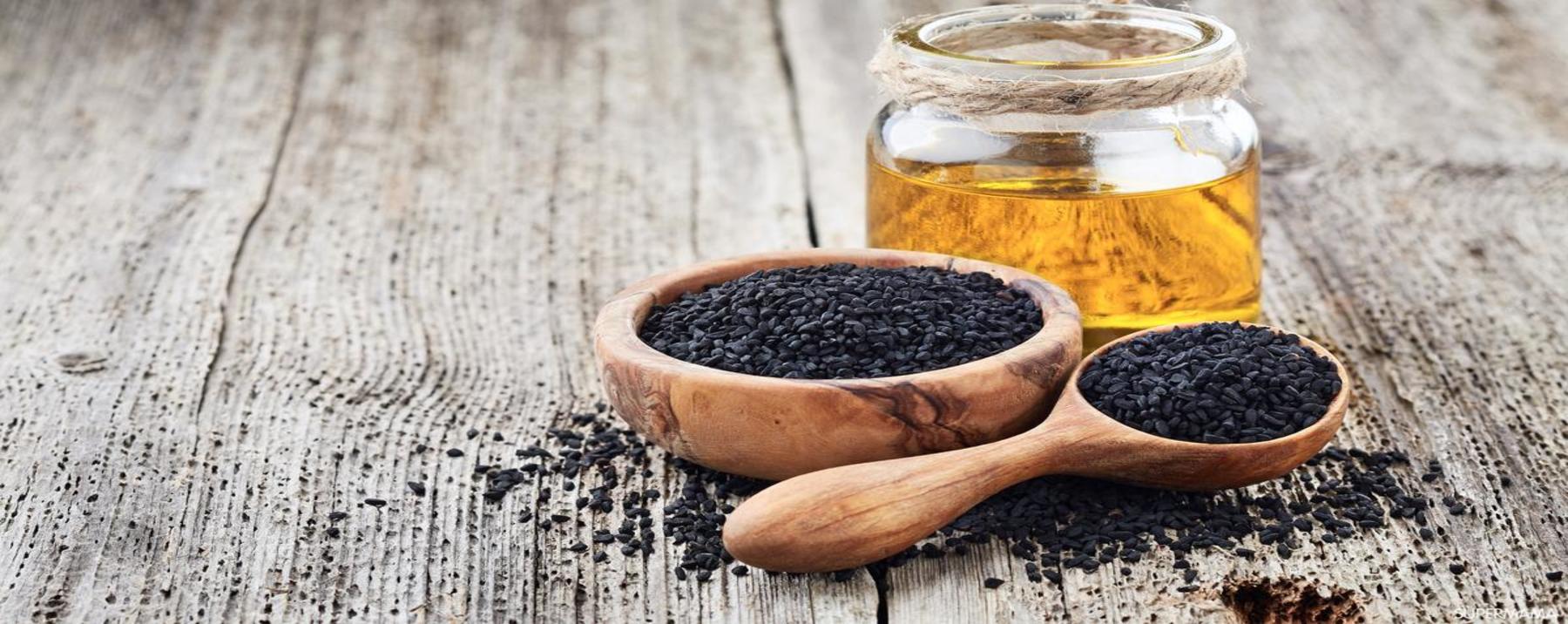Kohl is a traditionally used eye cosmetic in Asia, Africa and the Middle East. It may be a pervasive source of lead poisoning in those areas.
Unlike liquid or gel liner that take longer to set, kohl liners stay put. They are also easier to smudge if you want a more dramatic look.
What is Kohl?
Kohl (or kajal in Indian and Pakistani culture) is an eyeliner or mascara for the eyes. It is worn by women and men, and it is a prominent feature of bridal makeup.
In the past, better quality kohl was made by grinding up galena (lead sulphide) or stibnite (antimony sulphide), both classed as poisons, but it could also be produced using carbon black or iron oxide. In the modern day, kohl can be made from a variety of inorganic or organic materials, including soot, minerals and oxides as well as lead.
Kohl has been used for thousands of years, and the lines it creates on a woman’s eyes have become iconic. It wasn’t always for fashion — Egyptians would use kohl to shield their eyes from the harsh desert sun and to create a divine connection with gods. Kohl is believed to have medicinal properties as well; it can be used to protect the eyes from infection and for preventing cataracts.
How to Apply Kohl
Kohl (also known as kuhl or kohhel, kohlu or kajal) is an oriental eye cosmetic that like eyeliner marks the outline of the eyes to make them look bigger. It is also used to protect the eyes from harsh sunlight. In addition, it can be used to treat ocular-related issues such as eyestrain, eye pain and conjunctivitis.
There are 2 main types of kohl – Ithmid and non-Ithmid. Ithmid kohl is usually made by grinding up a metallic mineral such as galena or stibnite (antimony sulfide) into a fine powder. It is often applied to the waterline of the eyes or above and below the eyelashes.
High quality Ithmid kohl sticks easily to the applicator wand so it doesn’t require much work on the user’s part. However, if the kohl doesn’t stick to the application wand, then it is recommended to lightly dampen the stick with some water and then mix it with the kohl powder.
Kohl for Eyes
The ancient Egyptian practice of lining the eyes with kohl — a technique that also was widely practiced by Cleopatra and other pharaohs, nobility, and common women — had both aesthetic and practical benefits. It kept the eyes hydrated and protected from harsh sun glare, shielded the eyes from desert dust and infections, and helped foster a divine connection.
Walter and his colleagues found that laurionite, the ingredient in kohl, tricks the body’s immune system into sending bacteria-fighting macrophages to the eye area. They theorized that this might explain why many kohl pots have a time of day on which they’re best used.
While kohl was once thought to be safe, the lead content of some kohl products today is considered dangerous and can raise levels of lead in the blood to harmful levels. Thankfully, there are plenty of modern kohl pencils that are safe and lead-free. These liners are great for defining the waterline, creating a smoky look, and blending into eyeshadow.
Kohl for Lips
Kohl can be applied to the lips for a dark and smoky look. It can also be used to create a defined lip line. Kohl can be found in many Indian cultures, both for cosmetic and traditional purposes. It is commonly used on special occasions and during weddings, especially in Punjabi culture. It is smudged on the bride’s lips by her sister-in-law or by the groom.
Lead-contaminated kohl is still widely used in parts of the world, particularly North Africa and Asia, where it can be a significant source of lead poisoning (also known as lead intoxication). Lead poisoning can cause a variety of problems, including anemia, decreased intelligence, poor growth, convulsions and death.
Theda Bara was one of the first movie stars to use kohl on her eyes, and she is considered to be one of the original “femme fatale” icons. Rudolph Valentino was another early heartthrob who wore kohl to enhance his “vampy” looks on the screen.Kohl Uk

